Results
-
 £204.00
£204.00L'Arlesienne Suite No. 2 - Georges Bizet
The arrangement for wind orchestra of Georges Bizet's L'Arlsienne Suite No. 2 by Franco Cesarini came about after the composer had long sought a version of the work that would satisfy him.Franco Cesarini remains completely faithful to the original version by revealing and highlighting each section and all the facets of the wind orchestra.The premiere of L'Arlsienne Suite No. 2 was held in Lugano on 27 March 2022, during the Spring Concert of the Civica Filarmonica conducted by Franco Cesarini.
Estimated dispatch 7-14 working days
-
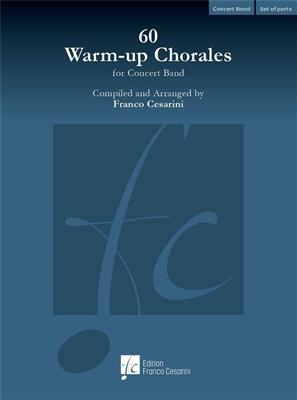 £168.50
£168.5060 Warm-up Chorales for Concert Band
During his experience as a band conductor and teacher of wind orchestra conducting at university, Franco Cesarini has dealt with the topic of warm-ups very frequently. Throughout these long years of conducting he has had the opportunity to try many existing methods, evaluating their advantages and disadvantages.After a long time, he has decided to compile a collection of chorales for warm-ups, which are organized according to the criteria that he considers most effective.While working on his60 Warm-up Chorales for Concert Band, Franco Cesarini has always borne in mind that amateur musicians play for pleasure.He feels that it is extremely important that they have satisfaction at every moment of the rehearsal and not to start the rehearsal with needless "punishing" exercises. Nobody is really motivated to start playing with scales, long notes, or tricky rhythmical exercises. There is often a distinguished absentee in band rehearsals, namely music itself!Although this publication does not foresee a specific tempo for the chorales, they should often be performed rather slowly but without dragging.Dynamics are not indicated, so that the conductor has the opportunity to draw the attention of the musicians to his gestures and to make them react according to his indications.Timpani and bell parts have been added with the aim of not leaving the percussionists completely inactive during the warm-up phase, but can also be omitted.The chorales are written in four parts (SATB) and are also playable in smaller groups. The four voices can be played in different combinations of woodwinds or brass quartets or in mixed combinations.The collection includes ten chorales for the following keys: D flat major, A flat major, E flat major, B flat major, F major and C major.With his 60 Warm-up Chorales Franco Cesarini would like to convey the message to play the chorales in a musical way, thus raising the musicians' awareness of phrasing, the right interpretation of cadences, rubato and agogic.Above all, never do anything without putting the musical aspect in the foreground. 60 Warm-up Chorales for Concert Band: A perfect collection to warm-up and improve tuning of a concert band!
Estimated dispatch 7-14 working days
-
 £154.99
£154.99Piccola Suite Italiana (Concert Band - Score and Parts)
With this new suite for concert band Franco Cesarini draws on the rich repertoire of folk songs from the Friuli Venezia Giulia region of northern Italy. Between the 16th and 17th Century this rural region developed the 'furlana', a brilliant dance in 6/8 time. This catchy dance soon spread throughout Europe and became more cultivated. Fran?ois Couperin (1668-1733), Georg Philipp Telemann (1681-1767) and Johann Sebastian Bach (1685-1750) all composer of the 18th century composed 'furlane' and in the 20th Century Maurice Ravel used a 'furlana' dance his Tombeau de Couperin. Franco Cesarini follows this great tradition by using the 'furlana' as the basis for this major new concert work. 08:49
Estimated dispatch 7-14 working days
-
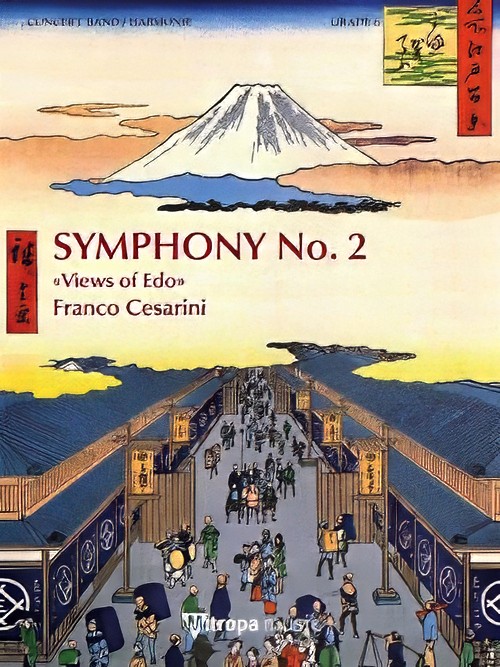 £593.99
£593.99Symphony No. 2 - Views of Edo (Concert Band - Score and Parts) - Cesarini, Franco
Edo is the ancient name for the city of Tokyo. Inspired by a series of woodcuts by the artist Utagawa Hiroshige (1797-1858) entitled "One Hundred Famous Views of Edo", Cesarini's symphony is based upon a few traditional Japanese melodies. The composition is divided into five movements in arch form: a structure in which the individual sections are arranged symmetrically around a centre. Each movement takes its title from a print from the "One Hundred Views".
Estimated dispatch 7-14 working days
-
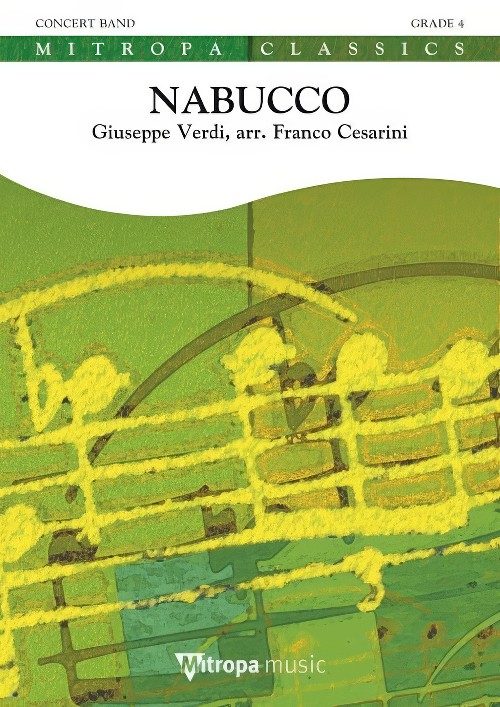 £134.99
£134.99Nabucco (Concert Band - Score and Parts) - Verdi, Giuseppe - Cesarini, Franco
Giuseppe Verdi is one of the most famous composers of Italian opera. Here, Cesarini has masterfully arranged Nabucco.Duration: 8:00
Estimated dispatch 7-14 working days
-
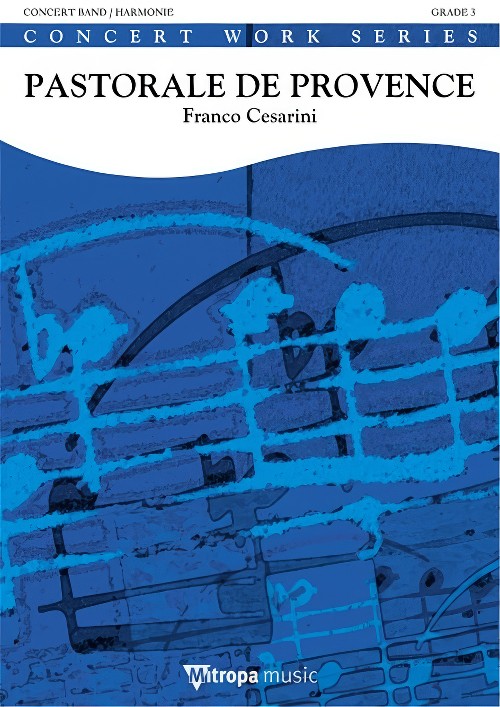 £134.99
£134.99Pastorale de Provence (Concert Band - Score and Parts) - Cesarini, Franco
Cesarini composed this work as a tribute to the memory of Darius Milhaud, born a century earlier in Aix-en-Provence, France. The premiere, conducted by the composer, was presented by the Civic Philharmonic of Balerna in December, 1992. The titles of the four-part suite include: La Villageoise (The Village Maiden), Le petit berger (The Little Shepherd), La Princesse (The Princess) and Le Lutin (The Imp). The numerous musical reference themes begin with five folksongs from the Provence region and continue with melodies written by French composers of the seventeenth century. Additional interest is created by the use of old dance forms (Ronde, Musette, Pavane and Farandole) to illustrate each historical character.Duration: 9:30
Estimated dispatch 7-14 working days
-
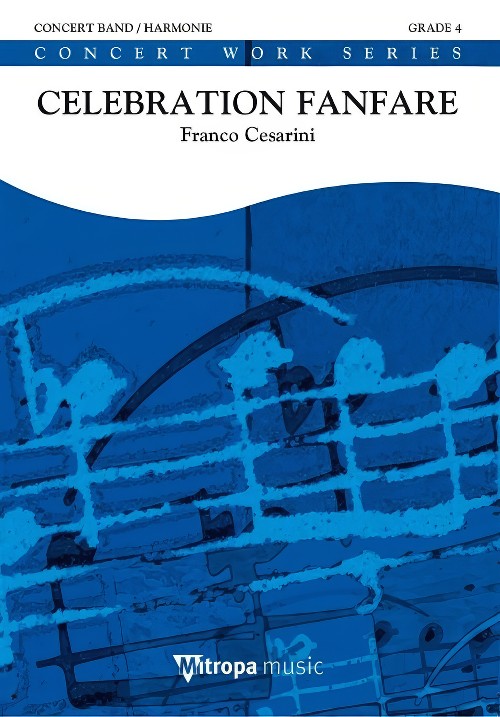 £89.99
£89.99Celebration Fanfare (Concert Band - Score and Parts) - Cesarini, Franco
Cesarini wrote this lively fanfare to enhance the grand fireworks that were organised in 1991 as part of the festivities commemorating the 700th anniversary of the Swiss alliance in Cham. It is a sparkling work that will add a festive flavour to any concert programme.Duration: 4.00
Estimated dispatch 7-14 working days
-
 £289.99
£289.99Poema Alpestre (Concert Band - Score and Parts)
For Franco Cesarini, who was born in a country where the majestic Alps dominates all horizons, mountains are a natural part of life. This majesty is reflected by the words of Alan Hovhaness: "Mountains are symbolic meeting places of the material and spiritual world." In seven successive parts, Cesarini has alternated moments of reality and matter with moments of intangible spiritualism. 21:00
Estimated dispatch 7-14 working days
-
 £66.00
£66.00Festmusik der Stadt Wien - Richard Strauss
Richard Strauss' Wiener Fanfare, the shorter version ofFestmusik der Stadt Wien - a piece originally written for ten trumpets, seven trombones, two tubas, and timpani - was the basis ofthis arrangement for concert band by Franco Cesarini. Strauss completed the "Festmusik" on 14 January 1943 after having previously received the "Beethoven Prize" in 1942. He dedicated the piece to the City Council of Vienna as a sign of his gratitude. Strauss conducted the premiere of this work in the Festival Hall of Vienna City Town Hallon 9th April 1943.An arrangement that highlights the characteristics of Franco Cesarini's writing.
Estimated dispatch 7-14 working days
-
 £289.99
£289.99Bulgarian Dances (part II) (Concert Band - Score and Parts)
Bulgarian folk music has a long tradition and numerous typical characteristics, such as particular dissonances and complex, irregular rhythms. In Bulgarian Dances (Part II) (which can be performed together with the previously published title Bulgarian Dances) Franco Cesarini has preserved the original spirit of Bulgarian folk music, yet has imbued it with a symphonic character and brought it into the concert hall. The three different movements give us a meditative, moving folksong and a lively dance, before a distinctly symphonic part leads to a glittering finale. 18:15
Estimated dispatch 7-14 working days
